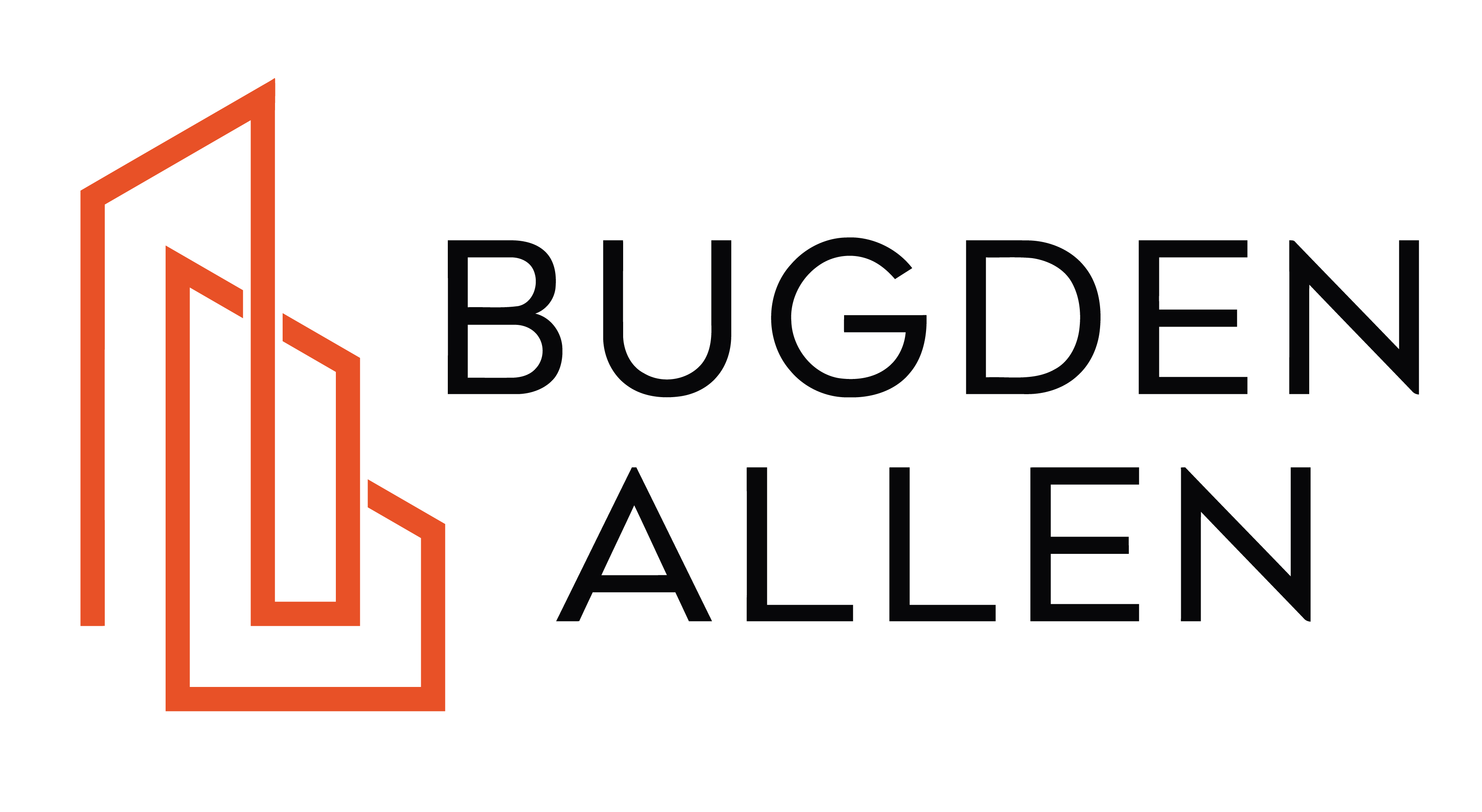Innovation in Strata Management
By Gary Bugden OAM*
Forward
This article was written by
Gary Bugden in 2012 and published in Inside Strata Magazine.
When the article was written in 2012, the $52 per unit management fees earned by Residential Unit Management in Sydney in 1973 was worth $430. Today, this is worth $530 per unit. Macquarie Bank reported in their 2019 Benchmarking Survey that the average base management fees per lot in 2018 was $237. This means in relative terms strata managers are earning nearly half of what they were earning in 1974 for providing essentially the same service.
Interestingly, we are
starting to see some of the innovations listed by Gary being introduced into
the industry, but like management fees, not much has changed in the last 7
years.
Innovation in Strata Management
Historically, the words ‘innovation’ and ‘strata management’ have not sat very well together; but history is not always an indicator of the future.
I was recently in my basement rummaging through our family history box for material relevant to an impending wedding anniversary of some importance. I was surprised to find a 1974 brochure for Residential Unit Management (a company started in Sydney by my mother and I back in 1973). The brochure listed the strata management services provided for an annual fee of $52 per unit per year, plus the additional charges for out-of-scope work. The division of work was much the same as is offered today by strata managers.
Little has changed
As regards fees and services, allowing for
inflation, not much has changed for the better in the past 45 years, in fact
we’ve gone backwards. $52 then equates to $430 today. Sadly, the same can be
said for the way strata management is practiced today by many (although not
all) management companies. Some managers still see themselves as secretaries
and book-keepers, which fits the profile of the 1970’s. They deny the relevance
of asset management, community building and diversified services and prefer to
“keep to the knitting”.
That mindset does not sit well with
innovation, particularly if we look at it in the modern context. Wikipedia
(today’s authority on everything) defines innovation as “the creation of better
or more effective products, processes, services, technologies or ideas that are
accepted by markets, governments and society”.
Of course, innovation is not easy in any
sector of business. It requires time and resources and (because it depends
heavily on knowledge and experience) it demands the undivided attention of the
organisation’s most talented people. The capital investment involved often
fails to produce the desired commercial outcomes, thus making it a risky
undertaking.
While the emphasis in the above definition is on “better or more effective”, successful innovation has another component – it must provide a positive outcome to the business that sponsors it. Many executives pursue innovation without proper regard to the outcomes. Something that is better or more effective does not necessarily improve the business. For example, doubling the staff on reception may improve the customer service but at the same time decrease the profits.
Types of innovation
In the strata management business innovation
can be strategically or operationally focused. It is always directed at
improving the business or service offering, rather than developing a
business-to-business (B2B) product.
Examples of strategically focused innovations
are:
- Client communication and education programs
- Driving clients to serve themselves via real time web portals as
an alternative to “face to face” service
- Devising ways to tap the self-management segment of the market
- Expanding service offerings (e.g. asset management, building
maintenance, building specific or generic concierge services and project
management services for major undertakings
- Specialisation, such as a 5-star management package priced
accordingly.
Examples of operationally focused innovations
are:
- Replacing paper mail with electronic communications (e.g. e-mail,
SMS and web links)
- Streamlining internal labour intensive and time-consuming
work-flow processes
- Geographically centralising the customer service centre
- Departmentalised service delivery
- Increasing competitiveness by outsourcing tasks other than core
competencies
- Introducing a flexible working environment for staff (using such
things as part-time work, job-sharing and work from home) – many of which can
significantly improve productivity
- Using Voice Over IP instead of PABX telephone systems
- Becoming quality certified
- Using an intranet to enhance internal communications, training and
standardisation throughout the organisation
- Introducing the Balanced Score Card approach to performance management
- Using “job tracking” technology so owners and tenants can
determine the status of their maintenance requests on-line.
Some strata management companies will already have tried some of those initiatives, with varying degrees of success. Others may be considering them right now. And yet the thinking of others may be way ahead of the game. The most important thing is for the industry as a whole to recognise that there is potential for innovation in strata management and now is time to embrace it.
Importance of R&D
When considering innovating, remember that
Research and Development can be an important factor. If a company is looking to
improve its revenue model, R&D can help determine the various types of work
undertaken and the costs of undertaking them as an indicator of where revenues
need to be focused. It can also provide a range of revenue models for
consideration. Similarly, if a company wants to use technology to improve
efficiency and reduce costs, a detailed study of the various operational areas
of the business will quickly determine the priorities.
Technology itself is an important factor in innovation for business. Many business innovations have been achieved through the use of technology and given the labour intensive and repetitive nature of many strata management tasks, technology is a logical tool of the innovator. Indeed, if you believe a Study undertaken by Dr. Will Venters and Dr. Edgar Whitley from the London School of Economics and reported in the October 2011 edition of Forbes Magazine “cloud computing now makes it easier (and cheaper) to innovate”.
Finally, a cost sensitive and hyper-competitive market combined with a number of conservative software providers is a great incubator for innovation. If you agree that those are the features of the strata management market today, then the time is right for management companies to start innovating. Now is the time to lift the game.
* Gary Bugden is a Partner of specialist law firm, Bugden Allen Lawyers and a commentator on strata titles.




